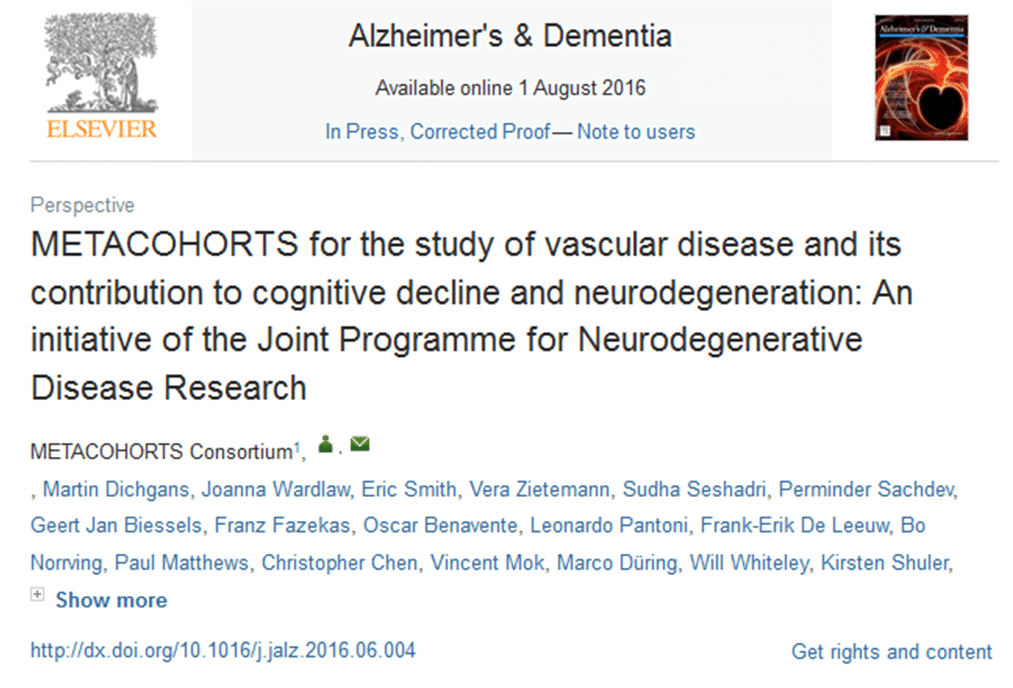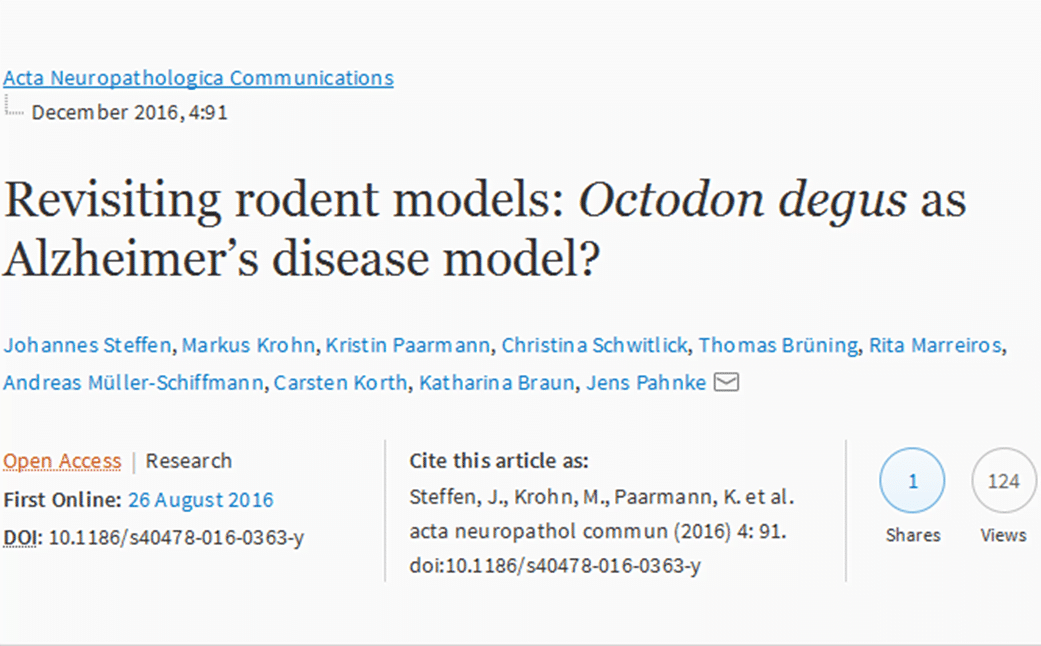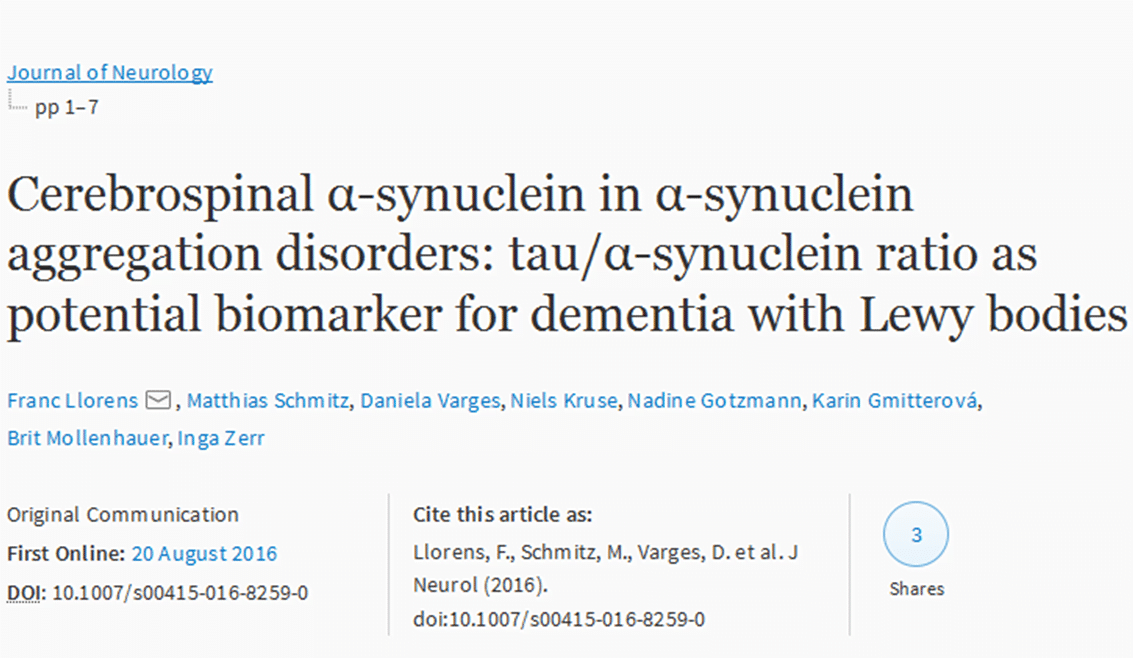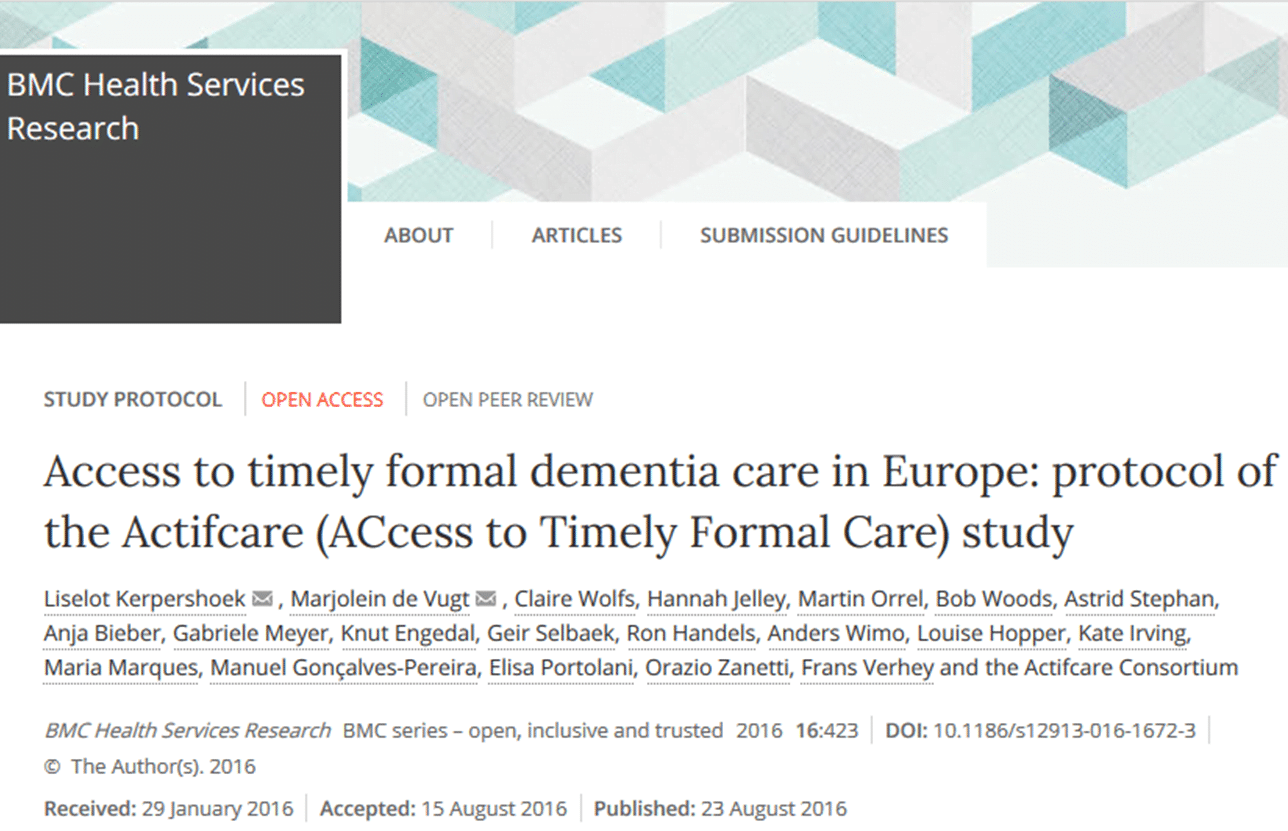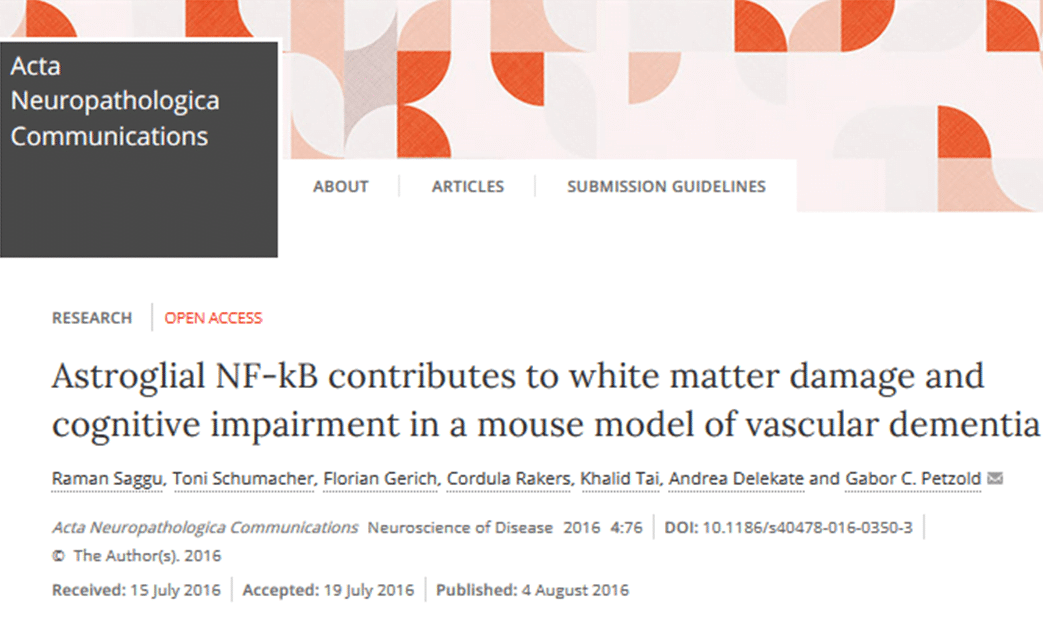Researchers have discovered a gene signature in healthy brains that echoes the pattern in which Alzheimer’s disease spreads through the brain much later in life. The findings, published in the journal Science Advances, could help uncover the molecular origins of this devastating disease, and may be used to develop preventative treatments for at-risk individuals to be taken well before symptoms appear.
The results identified a specific signature of a group of genes in the regions of the brain which are most vulnerable to Alzheimer’s disease. They found that these parts of the brain are vulnerable because the body’s defence mechanisms against the proteins partly responsible for Alzheimer’s disease are weaker in these areas.
The results imply that healthy young individuals with an aberrant form of this specific gene signature may be more likely to develop Alzheimer’s disease in later life, and would most benefit from preventative treatments, if and when they are developed for human use.
Alzheimer’s disease, the most common form of dementia, is characterised by the progressive degeneration of the brain. Not only is the disease currently incurable, but its molecular origins are still unknown. Degeneration in Alzheimer’s disease follows a characteristic pattern: starting from the entorhinal region and spreading out to all neocortical areas. What researchers have long wondered is why certain parts of the brain are more vulnerable to Alzheimer’s disease than others.
One of the hallmarks of Alzheimer’s disease is the build-up of protein deposits, known as plaques and tangles, in the brains of affected individuals. These deposits, which accumulate when naturally-occurring proteins in the body fold into the wrong shape and stick together, are formed primarily of two proteins: amyloid-beta and tau.
The researchers found that part of the answer lay within the mechanism of control of amyloid-beta and tau. Through the analysis of more than 500 samples of healthy brain tissues from the Allen Brain Atlas, they identified a signature of a group of genes in healthy brains. When compared with tissue from Alzheimer’s patients, the researchers found that this same pattern is repeated in the way the disease spreads in the brain.
Our body has a number of effective defence mechanisms that protect it against protein aggregation, but as we age, these defences get weaker, which is why Alzheimer’s generally occurs in later life. As these defence mechanisms, collectively known as protein homeostasis systems, get progressively impaired with age, proteins are able to form more and more aggregates, starting from the tissues where protein homeostasis is not so strong in the first place.
Earlier this year, the same researchers behind the current study proposed that ‘neurostatins’ could be taken by healthy individuals in order to slow or stop the progression of Alzheimer’s disease, in a similar way to how statins are taken to prevent heart disease. The current results suggest a way to exploit the gene signature to identify those individuals most at risk and who would most benefit from taking neurostatins in earlier life.
Although a neurostatin for human use is still quite some time away, a shorter-term benefit of these results may be the development of more effective animal models for the study of Alzheimer’s disease. Since the molecular origins of the disease have been unknown to date, it has been difficult to breed genetically modified mice or other animals that repeat the full pathology of Alzheimer’s disease, which is the most common way for scientists to understand this or any disease in order to develop new treatments.
Paper: “A protein homeostasis signature in healthy brains recapitulates tissue vulnerability to Alzheimer’s disease”
Reprinted from materials provided by the University of Cambridge.

